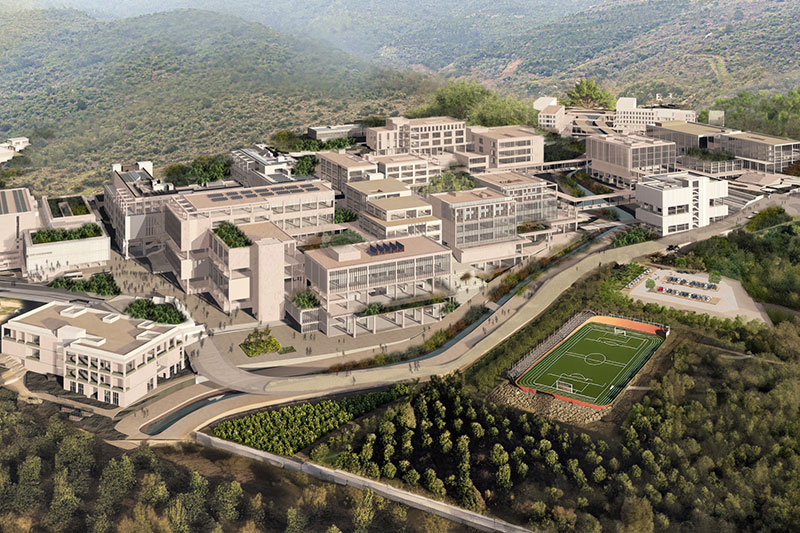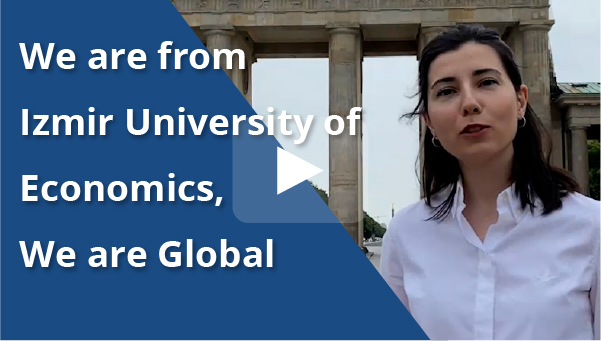“Urban transformation Should Speed Up”

Prof. Dr. Celalettin Kozanoğlu, Head of the Department of Civil Engineering at Izmir University of Economics (IUE), drew attention to the fact that some apartments may get smaller in buildings undergoing urban transformation. He said: “Although this situation may seem disadvantageous to citizens, one must consider it this way: Would you prefer to live in a 150-square-meter mass grave, or in a 100-square-meter safe apartment? We should not be slow regarding urban transformation."
Making statements on the 5th anniversary of the October 30th earthquake that caused major destruction in Izmir, Prof. Dr. Celalettin Kozanoğlu stated that the city carries earthquake risk and pointed out the prevalence of areas with weak soil.
“400 THOUSAND BUILDINGS MUST BE RENOVATED”
Stating that only 12% of the approximately 905,000 buildings in the central districts were constructed in compliance with the earthquake regulations introduced after the year 2000, Prof. Dr. Kozanoğlu said, “52% of the existing buildings were constructed according to the 1975 earthquake regulation. Approximately 36% were unfortunately built illegally. After October 30th, citizens applied to municipalities or the Directorate of Environment and Urbanization to inquire whether their buildings were eligible for urban transformation. Many sought solutions to enter urban transformation. Many buildings have entered the urban transformation process. Citizens expedited this work, sometimes on their own and sometimes through contractors. In Izmir, at least 300,000-400,000 buildings must be renovated. Performance analyses of buildings must be carried out, and buildings constructed according to the old regulation also need inspection.”
“SOIL IS VERY IMPORTANT”
Explaining that not every building constructed under the old regulation must be demolished, Prof. Dr. Kozanoğlu stated that inspections are sufficient if columns or beams have not been cut. Emphasizing the importance of the soil-structure relationship, Prof. Dr. Kozanoğlu continued as follows: “In İzmir, there are many liquefied, soft, silt-accumulating soils. We see these soils, especially when we move from the coastline towards Bornova and Bayraklı. From the perspective of structure-soil interaction, there are buildings that could collapse even in a magnitude 6 earthquake. Therefore, the soil is very important. Under our new regulations, projects cannot be developed without soil surveys. Construction or project permits are not granted to buildings. Therefore, to say whether a building is risky or not, one must absolutely look at the soil and the structure itself.”




















